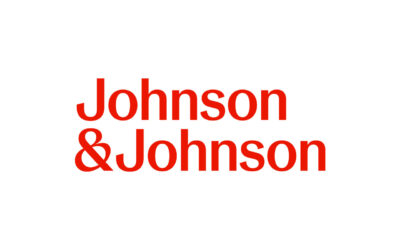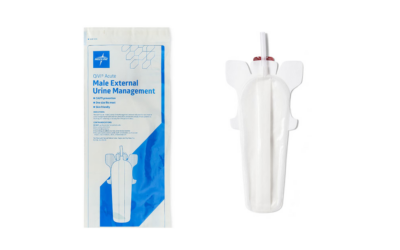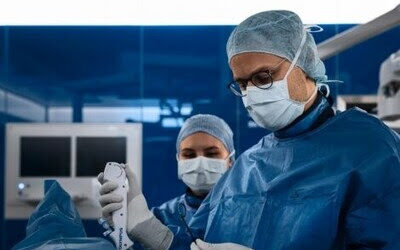
An article published in the October issue of Geriatric Nursing, the journal of the Gerontological Advance Practice Nurses Association (GAPNA) reported that the use of Leaf Patient Monitoring Technology “has the potential to improve teamwork, communication and compliance with evidence-based practice resident care.”
The article reported that the average repositioning rates at one nursing home that deployed the Leaf System improved to over 95%, while the industry average is below 25%. The Leaf System also contributed to patient care because the monitoring system helped staff provide more therapeutically beneficial turns to patients, according to the article, “Implementing a visual cueing technology intervention in a nursing home: nursing staff perceptions.”
The report also said “the overall consensus of the nursing staff was that the visual cueing system improved communication and seemed to increase awareness about the importance of pressure ulcer prevention and proper repositioning.”
The article was based on quality improvement project at a 176-bed nursing home in the Northeast United States, which is part of a larger clinical trial aimed at determining safe repositioning intervals. The current standard of care is to reposition patients at risk for pressure injuries every two hours. The clinical trial is designed to determine the optimum repositioning schedule based on patient risk factors.
“A focus group conducted with nurses participating in this study revealed that they believe the Leaf system improves their teamwork, communication, and overall care delivery,” said Susan Kennerly PhD, RN, CNE, WCC, FAAN, Professor, Nursing Science, East Carolina University, a study author. “The Leaf system also helped staff to understand how to improve on their previous methods for repositioning residents helping them to see the system as beneficial.”
The Leaf system is the first FDA-cleared medical technology that continuously monitors the activity and position of patients in order to help identify patients that could benefit from repositioning. Studies have shown that patients protected by Leaf are much less likely to develop pressure injuries, one of the nation’s most common facility-acquired conditions, affecting more than 2.5 million patients a year, and adding $11 billion to annual U.S. health care costs.
The innovative Leaf system tracks patient movement and activity in bed-bound, chair-bound and ambulatory patients. Several studies have shown the Leaf System improves patient turning and mobility, reduces pressure injury rates, helps nurses prioritize patient care, improves unit workflow, and saves hospitals non-reimbursed costs associated with the treatment of pressure injuries, as well as rental bed costs.









